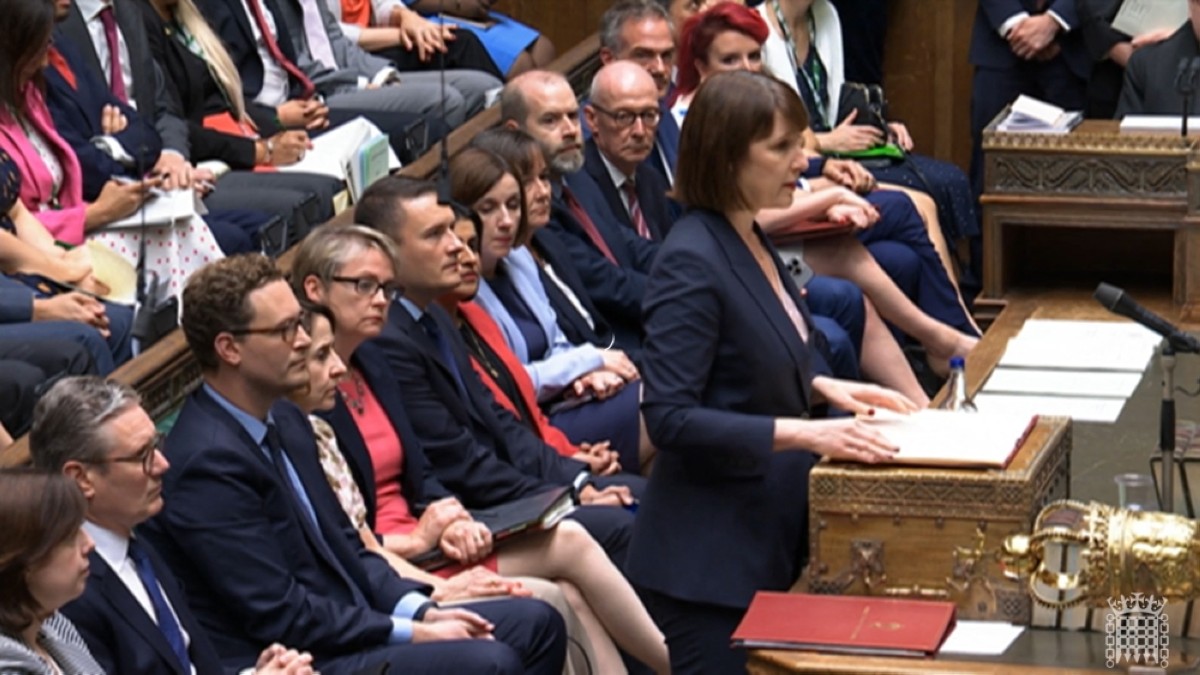Key US inflation gauge cools as rate cut looms
WASHINGTON: A measure of inflation favored by the US Federal Reserve weakened in November on lower energy prices, government data showed Friday, providing further reassurance to policymakers keen to rein in price increases.

NEW YORK: An elderly Chinese woman sells fruits and vegetables in Chinatown in New York. – AFP.
The personal consumption expenditures (PCE) price index rose 2.6 percent from a year ago in November, markedly below October’s 2.9 percent figure, the Department of Commerce said.
Compared with a month prior, the index decreased 0.1 percent—the first drop since early 2020 -- on the back of a slump in energy prices and lower food costs. “Today marks a significant milestone, with inflation over the last six months at the pre-pandemic level of two percent,” US President Joe Biden said in a statement. With the volatile food and energy segments removed, “core” PCE inflation cooled to an annual rate of 3.2 percent, down slightly from October as well. This adds to data indicating that inflation is coming down as the US central bank holds interest rates at a 22-year high to firmly lower inflation back to its long-term two percent target.
With consumption and the jobs market remaining relatively resilient, hopes of a so-called “soft landing” where inflation comes down without triggering a damaging recession have risen. Biden added: “A year ago, most forecasters predicted it would require a spike in joblessness and a slowdown to get inflation down. I never believed that.” But he warned that the government’s work is “far from finished,” with many households still squeezed by elevated costs—vowing to urge companies to pass on savings as prices moderate.
‘Encouraging’
Calling the data “encouraging reading,” economist Michael Pearce of Oxford Economics said they signaled that consumption growth is slowing to a more sustainable pace while pressures from inflation melt away. Friday’s numbers also showed that consumption ticked up 0.2 percent from a month prior in November, while personal incomes increased too. A bounce in payroll growth and robust wage increases helped push personal incomes up, with spending rising as well. “That allowed the personal saving rate to rise a bit,” Pearce added. “We think households will continue to rebuild saving into next year.” From October to November, the core PCE price index inched up 0.1 percent, the Commerce Department said.
Rate cuts on horizon
“Barring some unforeseen shock to prices, the Fed is done raising rates this cycle and the expansion should continue well into the New Year,” said economist Robert Frick of the Navy Federal Credit Union. Pearce added that with price pressures “weakening fastest in the services sector and with inflation set to fall further over the coming months, rate cuts are coming into view.” But even as the data fuels optimism, Pantheon Macroeconomics chief economist Ian Shepherdson warned of the risks that inflation falls below officials’ target more quickly than expected. “Against that backdrop, markets will push even harder for the Fed to ease by more than their current 75 basis points forecast next year, and policymakers will have little choice but to follow their lead,” he said.
Goods orders bounce
In another development, orders of major US manufactured goods surged in November, government data showed on Friday, bolstered by the transportation segment. New durable goods orders jumped 5.4 percent from October to November to $295.4 billion, the Commerce Department said, significantly higher than analysts had anticipated. The increase comes as fresh orders of nondefense aircraft and parts surged 80.1 percent from a month ago. Overall, orders of transportation equipment were up 15.3 percent.
But when the transportation sector was excluded, new orders rose just 0.5 percent. “Boeing received an order from Emirates for 90 aircraft, but we also expect a rebound in the auto component, where orders fell by six percent between August and October, thanks to the UAW strike,” said analysts at Pantheon Macroeconomics in a recent note, referring to the United Auto Workers union. The UAW union reached agreements to end a six-week strike in late October, reaching deals with Detroit’s “Big Three” automakers over better pay and working conditions. “Markets will like the jump in headline durable goods orders, but it will have little immediate bearing on fourth quarter economic growth,” Pantheon said.
Analysts added that the key figure from this data set would be nondefense capital goods shipments, excluding aircraft, “which are a direct input to the equipment investment component of GDP.” Rubeela Farooqi, chief US economist at High Frequency Economics, added that business investment and equipment spending slowed in the third quarter, while fourth quarter data pointed to “slightly less positive momentum in shipments.” Higher borrowing costs could weigh on companies, she said, although acknowledging that a lowering of interest rates next year may provide support over time. — AFP.











